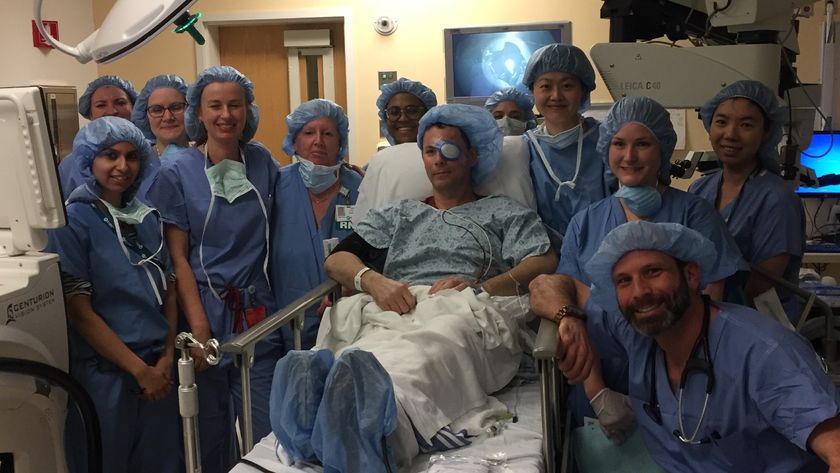Stem Cell Transplant Patients Show Long Term Improvement
An injection of a patient's own stem cells seems to help heal spinal cord injury in the long run, new research suggests. Thirty percent of stem cell therapy patients showed significant functional or other improvements after 6 months.
This study, following after an initial report of results on six patients, is the first attempt at direct spinal injection of a patient's own stem cells for the treatment of spinal cord injury in humans. The latest data was reported in the May 2012 issue of the journal Neurosurgery.
The stem cell transplantation was performed in 10 patients with permanent movement problems or paralysis after spinal cord injury. The researchers transplanted stem cells cultured from each patient's own bone marrow, grew them in the lab into spinal cord cells, and injected them into the patient's back.
The researchers monitored the patients for improvement in their ability to move their arms and hands and to perform key activities of daily living. Imaging scans and tests of muscle activity were performed as well.
Three of the patients showed "continuous and gradual motor improvement," the authors write. In three more patients, the improvement was detectable, but less drastic.
Six months after their injections, 60 percent of patients showed improvement in motor power of the arms and hands. Of these, three patients had gradual improvement in the ability to perform daily activities — for example, preparing meals and typing on a keyboard.
These three patients also showed significant changes in the spinal cord, including evidence of healing around the injured area of the spine. They also had improvement in studies of their muscle activity.
Sign up for the Live Science daily newsletter now
Get the world’s most fascinating discoveries delivered straight to your inbox.
These 3 patients that showed the most improvement came into the trial with "residual neurological function," the authors write. This could mean that the treatment "is more likely to enhance the remaining neurological function rather than regeneration."
They call for further studies to understand the mechanism of improvement after MSC treatment and to clarify which patients with spinal cord injury are most likely to benefit.
Additionally, the results support the safety of these blood marrow stem cells for use in treatments.
The report shows not only the promise of stem cell treatments, but their safety. None of the ten patients had any permanent complications related to the transplantation. This helps to alleviate concerns that stem cell injection could lead to later problems like the development of tumors or calcifications.












